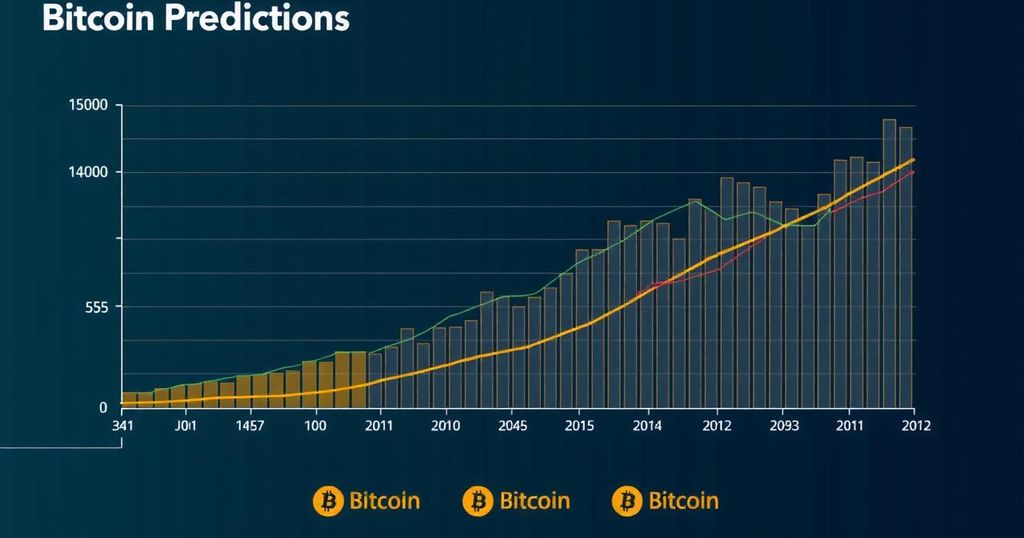Elon Musk Warns of $36 Trillion U.S. Dollar Crisis and Its Impact on Bitcoin Prices
Elon Musk, the influential billionaire known for his variable stance on bitcoin, has raised alarms regarding a potential $36 trillion crisis affecting the U.S. dollar by the conclusion of 2024. This concern arises in the context of escalating interest payments associated with the substantial U.S. national debt.
In recent weeks, bitcoin has displayed considerable volatility, oscillating between peaks nearing $65,000 and subsequent declines toward the $50,000 mark, coinciding with shifts in outlook from prominent bitcoin traders. Amid revelations concerning former President Donald Trump’s undisclosed cryptocurrency initiative, Musk echoed warnings from the Wall Street Silver account, which projected that the national debt could exceed $36 trillion by the end of 2024. The account emphasized that rising interest payments on debt had already surpassed the entirety of the Defense Department’s fiscal allocation and are on track for an estimated $1.2 trillion within the next year.
According to the Congressional Budget Office, U.S. interest payments are anticipated to reach $870 billion in the current fiscal year, influenced significantly by inflationary pressures that prompted the Federal Reserve to adopt unprecedented interest rate hikes following extensive spending and quantitative easing during the COVID-19 pandemic.
Analysts from Bank of America have indicated that the U.S. debt may escalate by $1 trillion every 100 days, a scenario that could theoretically ignite a significant surge in bitcoin prices. However, as the Federal Reserve gears up for a potential cycle of interest rate reductions, anticipated during the meetings on September 17 and 18, market participants expect that these decisions will introduce fluctuations in bitcoin and broader crypto market values.
Markus Thielen, founder of 10x Research, cautioned that while the prospect of a new liquidity cycle could traditionally elevate asset prices, the nuances surrounding the timing are critical. He referenced the experiences of 2018 and 2019, noting that bitcoin suffered declines post-rate cuts, though it gained momentum during periods of rate stabilization.
Looking ahead, Thielen points to current U.S. political uncertainties and persistently weak economic indicators as harbingers of potential downturns for risk assets, including bitcoin. He cautioned that rate cuts do not guarantee rising bitcoin valuations, particularly in the face of declining protocol revenues that may indicate diminished usage. Thielen’s insights underscore a troubling reality: many traders remain oblivious to these warning signs, and a bitcoin price dropping below $50,000 appears inevitable.








Post Comment